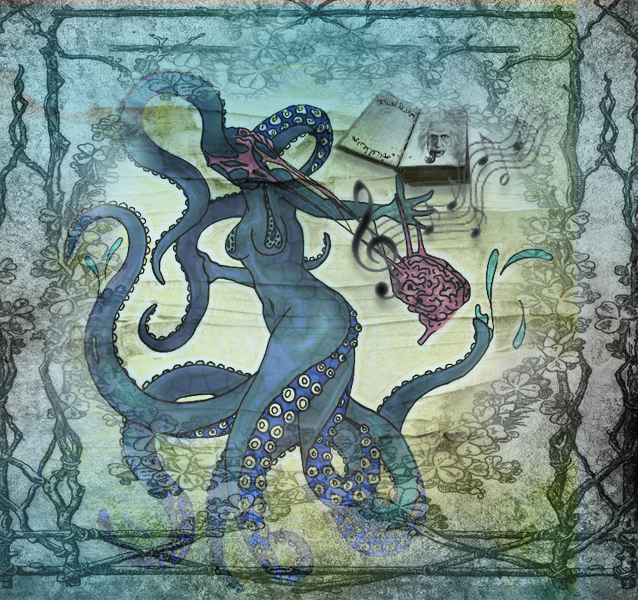
It was a chilly day in April, 1955. The world had lost one of its greatest physicists, Albert Einstein.
Dr. Thomas Harvey, who performed his autopsy, went against the wishes of a grieving family after spending hours alone in a room with his body.
There are a lot of factors and atmospheres that might cause a person to make a decision bordering on the insane. No one will ever know the final thought that made him do it, but the doctor came to a point where he decided he’d steal the brain.
Harvey spent days convincing the vulnerable, pain stricken family to give up their beloved’s brain to science. But he never gave it back. Harvey was finally relieved of his duties at Princeton University, yet not before stashing the brain and disappearing with it for good.
Ten years later, the ex doctor packed up his family once again and relocated to the mountains of Kentucky—with the brain still packed away in a dusty box along with their belongings.
Harvey spent the next sixteen years studying the organ obsessively, sending slices of it to different medical examiners in a quest to figure out what it had that the majority of brains did not. His goal was to find the key to his genius. After failing to discover that key himself, he finally agreed to give the rest of it to someone with a more specialized background. Enter neuroscientist, Elliot Krauss.
Krauss’s team ultimately fell upon a serious revelation; Albert Einstein’s brain was drenched in considerably more glia cells than the average Joe. In addition, the parietal lobes, especially the left side, were much fuller. So, why was this significant?
Glia cells are the “glue” that ensures a stable connection between neurons, securing the ability to process information faster.
The parietal lobes of the brain are together responsible for the potential for understanding spacial perception and sensation,
as well as mathematical prowess. What is interesting about this is that Albert himself gives us the secret to his ability in his old journals—his own declaration of his love for playing musical instruments.
Mr. Einstein kept incredible records of his findings. In one quote from his journals, he confesses,
“The theory of relativity occurred to me by intuition, and music was the driving force behind that intuition. My discovery was the result of musical perception.”
Einstein was a violinist. He played the piano, too. If he found himself stuck on a physics problem, he’d stop and spend time playing his instruments. He admitted he did this not out of relaxation, but to trigger his sensational and mathematical perceptions. It was all part of the job.
When you physically perform music, your frontal lobe and sensory cortex will activate. The more glia cells you have, the faster and easier it is for different parts of the brain to act together. This combination is pure power; a scientific and intuitive recipe for sorcery. People who play instruments have the potential for developing above average abilities. They can literally blow up the world.
We all have the potential for greatness. Neural plasticity is the ability of the nervous system to change its activity in response to stimuli by reorganizing its structure. The brain is an amazing organ. You literally have the power to control its evolution. Forming new habits, and continuing to learn things that involve both physical and mental action in unison, will re-structure and build up the ability to think faster and with more resourcefulness. Continuing to compose music is a foolproof way of getting in touch with your genius.
References:
Markel, Dr. Howard. (2023). The Strange Story of Einstein’s Brain. PBS.org. https://www.pbs.org/newshour/health/the-strange-story-of-einsteins-brain
spinalcord.com editorial team. (2020). Parietal Lobe: Function, Location and Structure. SpinalCord.com. https://www.spinalcord.com/parietal-lobe#:~:text=The%20parietal%20lobe%20also%20sends,as%20spatial%20navigation%20and%20reasoning.
Daw, Jennifer. (2002) Why and How Normal People Go Mad. American Psychological Association, Monitor on Psychology. https://www.apa.org/monitor/nov02/gomad
Purves D, Augustine GJ, Fitzpatrick D. (2001). Neuroglial Cells. Neuroscience, 2nd edition. Copyright, Sinaur Associates, 2001.

